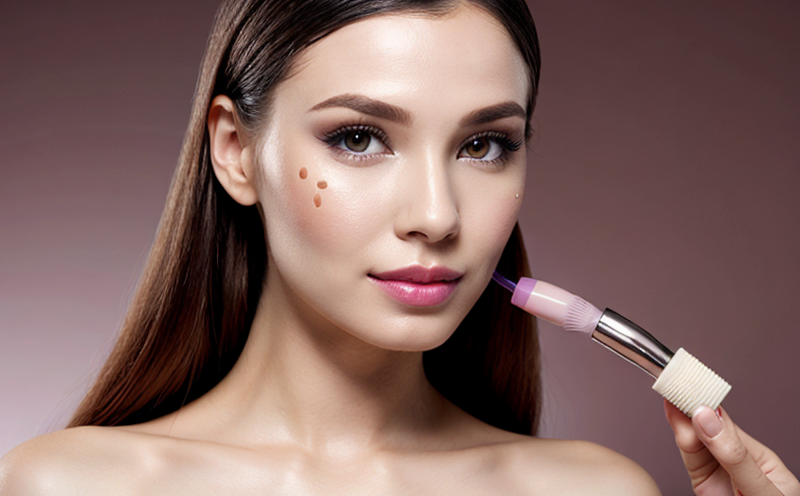In Vitro SPF and UV Protection Testing of Sunscreens
Testing sunscreen products for their sun protection factor (SPF) is a critical aspect of ensuring consumer safety. Traditionally, this has been done using in vivo methods on human subjects or animals. However, these approaches present ethical concerns and logistical challenges. In-vitro SPF testing offers an alternative that aligns with the principles of humane science.
In vitro SPF testing involves the use of human cell-based models to evaluate a sunscreen's ability to block ultraviolet (UV) radiation. This method is based on the principle that the SPF value represents the ratio between the UVB radiation dose needed to cause sunburn on unprotected skin and the UVB radiation dose necessary to produce the same effect when the sunscreen is applied.
The in vitro approach uses reconstructed human epidermis (RHE) models, which are highly predictive of human response. These models provide a more accurate representation of the skin's response to sun exposure compared to animal testing. The process involves exposing the RHE model to UVB radiation and measuring the amount of light transmitted through it. A lower transmission rate indicates higher SPF.
The in vitro method is not only humane but also offers several advantages over traditional in vivo methods:
- Speed: The results are available more quickly, allowing for faster product development and regulatory compliance.
- Ethical Considerations: Reduces the need for animal testing, which is increasingly being phased out in many regions.
- Cost-Effective: Minimizes costs associated with animal use.
The testing process typically involves:
- Preparation of the RHE model using advanced tissue engineering techniques.
- Application of the sunscreen sample to be tested.
- Exposure to standardized UVB radiation.
- Metric analysis and comparison with reference standards.
The outcome provides a clear SPF value, which is essential for regulatory compliance and product labeling. This method also helps in understanding the broad-spectrum protection offered by sunscreens against UVA and UVB rays.
Industry Applications
| Application | Description |
|---|---|
| Sunscreen Formulation Development | Identify the most effective active ingredients and their concentrations. |
| Regulatory Compliance | Demonstrate adherence to local and international standards such as ISO 21362:2018. |
| Product Labeling | Ensure accurate SPF labeling for consumer information. |
| R&D Optimization | Optimize formulation to enhance protection and reduce irritation. |
| Quality Assurance | Consistently monitor the effectiveness of sunscreen products. |
| Consumer Safety | Evaluate the safety profile of sunscreens for consumer use. |
Customer Impact and Satisfaction
The implementation of in vitro SPF testing has significantly impacted customer satisfaction by offering a safer, more effective product. Consumers are increasingly concerned about the ethical implications of animal testing, and companies that adopt humane methods can attract a broader customer base.
By providing accurate SPF values through this method, consumers receive products they can trust for protection against harmful UV radiation. This not only enhances brand reputation but also fosters long-term customer loyalty. Moreover, the speed and accuracy of in vitro testing enable quicker market entry, giving companies a competitive edge.
International Acceptance and Recognition
The use of in vitro SPF testing is gaining international recognition as an ethical and effective method for cosmetic safety evaluation. Regulatory bodies such as the European Union (EU) have acknowledged this approach, and it is increasingly being adopted by other regions.
ISO 21362:2018 provides a framework for in vitro SPF testing, ensuring that results are consistent and reliable across different laboratories. This standardization enhances trust in the testing process and facilitates international trade.
The acceptance of this method has also led to increased collaboration between industry leaders, academic institutions, and regulatory agencies. This collaborative environment ensures continuous improvement and innovation in cosmetic safety practices.





